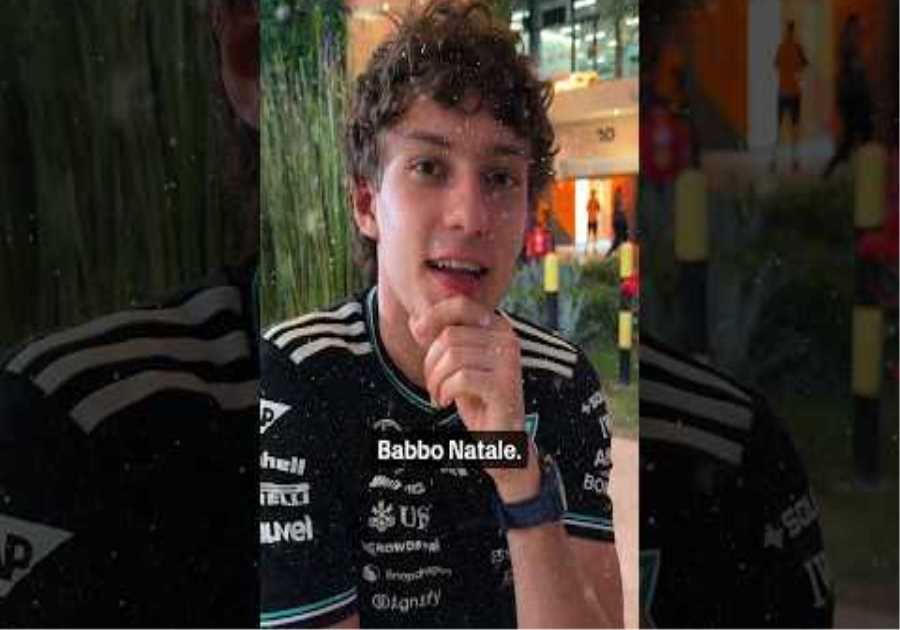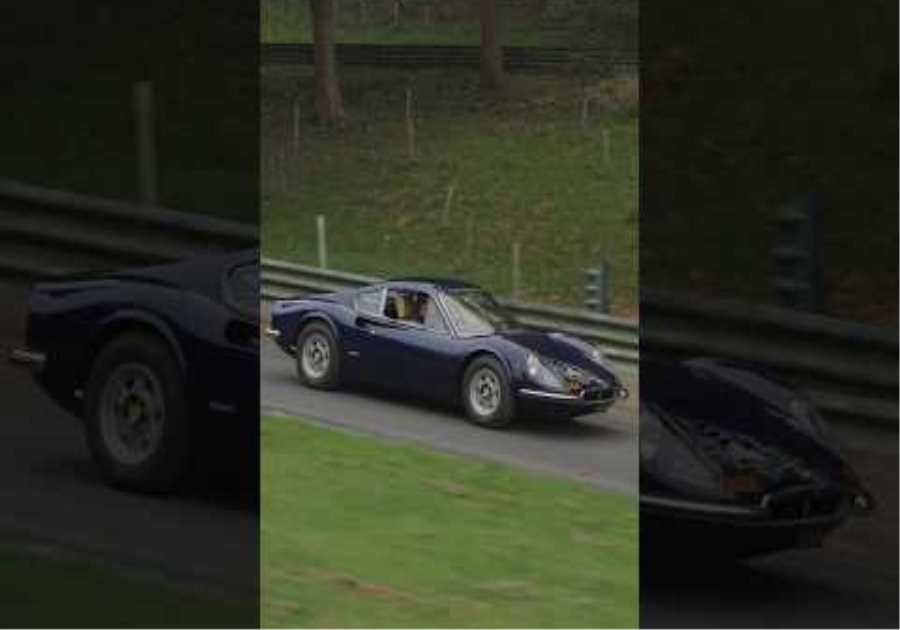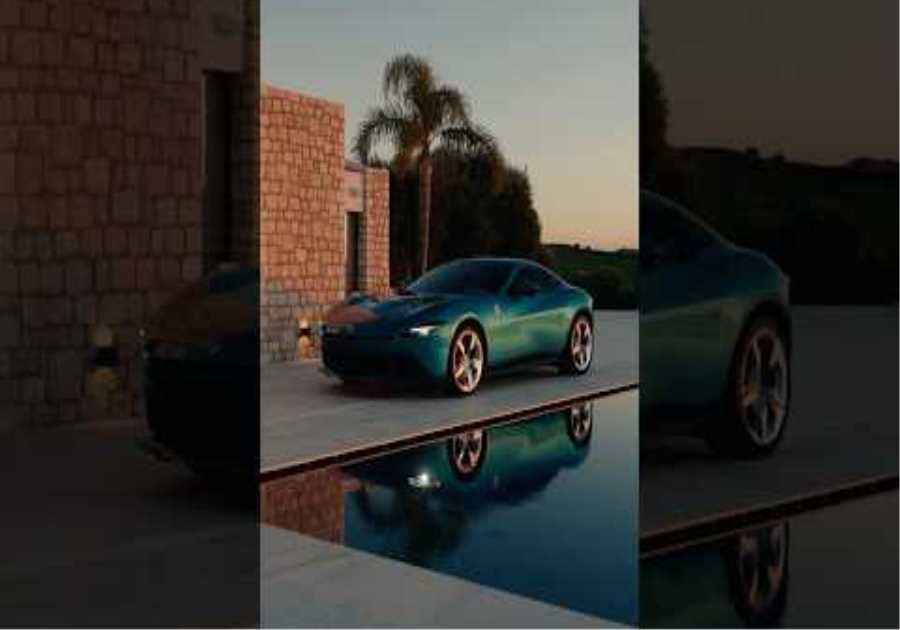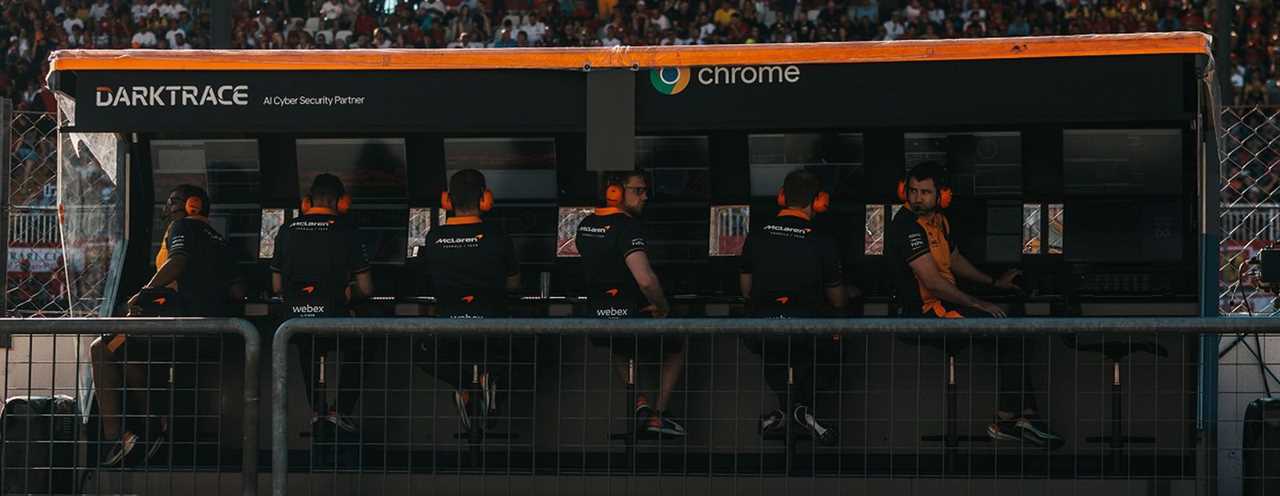
Formula 1 underwent a revolution ahead of 2022, the scale of which the sport had arguably never seen before.
An all-new car and a completely overhauled book of rules and regulations had fans chomping at the bit for what was to come, with the prospect of closer racing and more overtaking. But they weren’t the only ones, with those working on the new generation of theoretically game-changing cars given an entirely new challenge to get stuck into.
McLaren F1 Racing Director Andrea Stella and Technical Director James Key were amongst those tasked with this test for us. Just over six months on from the first official outing for the MCL36 at pre-season testing in Barcelona, we caught up with the duo.
We discussed the new regulations at length, looking at the highs and lows of the season so far and the remaining races.
Racing Director Andrea Stella
Firstly, what are your overall thoughts on the new regulations and the impact that they have had so far?
Andrea Stella: For Formula 1 in general, it’s been a positive change, and has created a really nice spectacle. The races have been very interesting, which I believe is a combination of the technical regulation changes and the behavior of the tyres. In Hungary, for example, we saw several different strategies and overtaking was relatively easier, on a track where it had previously been difficult.
The cars are completely different in regard to how they generate downforce, which is the most important element for performance. The cars want to be as close as possible to the ground to exploit the ground effect from an aerodynamic point of view. You want to set the car up close to the ground and then hold it there, but you know that the aerodynamic load will increase, so the car wants to go lower and lower. That’s why you need to run stiff setups to try and reduce this vertical travel of the car under the aerodynamic load, but this is not always possible, especially when you have bumps or kerbs. Therefore, you need to find a compromise: this is a challenge for engineers.
There’s a further dimension as well, which is that when you run too close to the ground, you experience porpoising. The car oscillates under the coupling between the aerodynamic load and elastic forces coming from suspension and tires. This is an entirely new challenge in 2022, but one that has been very interesting.
James Key: This is the most sweeping set of regulation changes I’ve seen in 25 years of Formula 1, with significant changes to mechanical, aerodynamic and safety, as well as very, very different tyres.
There was a clear intention when the regulations were developed for the cars to be able to follow more closely and overtake better, and I think, in general, that is what we have seen. The racing has been good, and I have to hand it to F1 and the FIA - who initiated in-depth studies to derive the technical regulations – and by and large, they did what they were intended to do.
We attempted this back in 2009 with radical changes to the regs to improve overtaking, but this one has been significantly more technical due to the more advanced technologies available to us now. I think that it’s an excellent indication for the future that we can derive regs with an obvious purpose in mind and make it work.
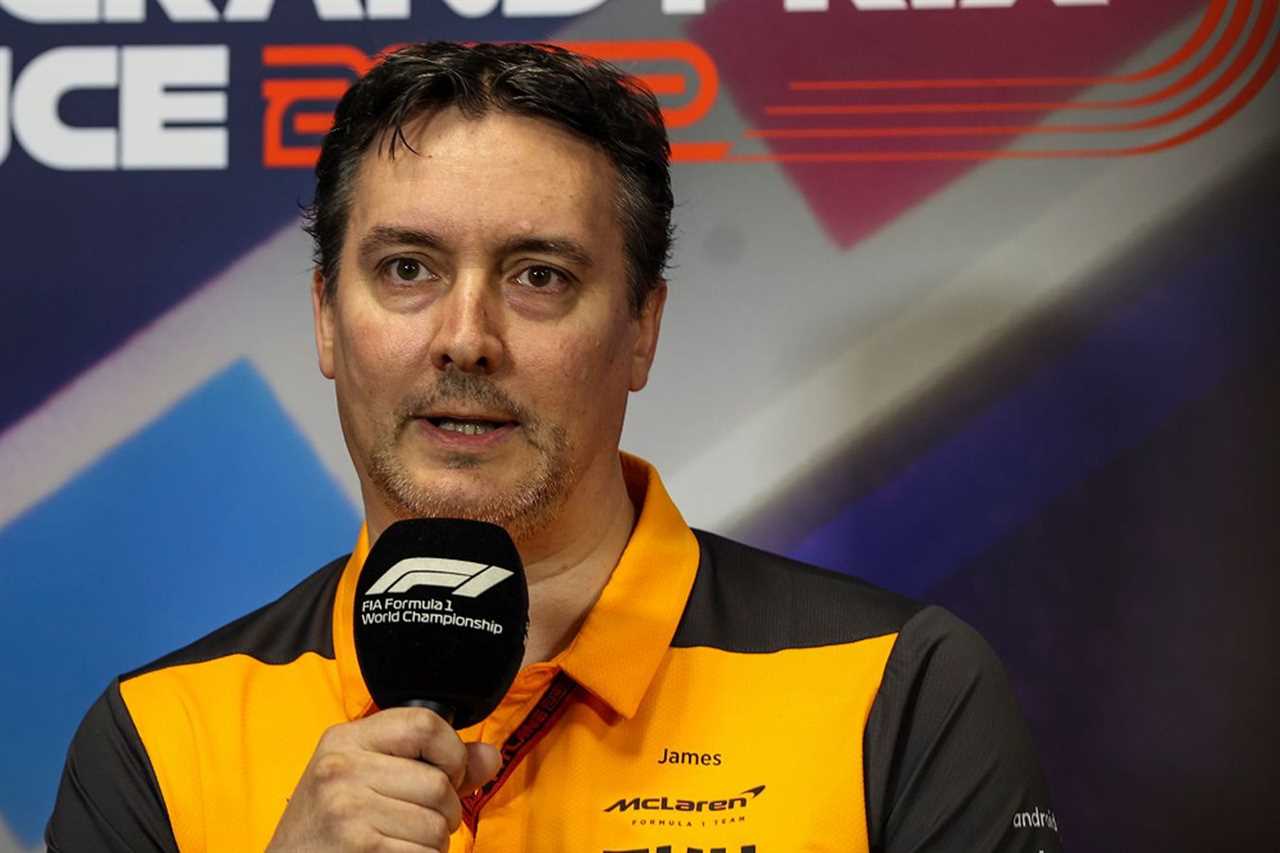
Technical Director James Key
What would you say has been the biggest challenge so far?
JK: There have been multiple challenges because it’s such a new car, but the single biggest challenge this year was a difficult first race because that set the tone and has shaped the rest of the season. It improved pretty rapidly after that, with some good results in the following races, but the start was the biggest challenge. That, and keeping up with the development was that you naturally get with a new set of regs.
Working within a cost cap influences that quite significantly, so we’ve had to pick and choose carefully how we do that and when we do it. We had to react incredibly quickly to the issues we found in Bahrain testing a week before the first race, and as a team, we pulled together, solved the problem, and found solutions that worked and lasted for a while. At times we’ve been fast, whereas at other times we haven’t been fast enough, and that’s not anyone’s fault, it’s simply because that’s where we are at the moment as a team.
We had the cap last year, but we were well within it. Whereas in 2022, there haven’t been any of the glidepath allowances available last year, it’s a smaller cap and a brand-new car, so it’s much, much tougher. It’s a learning process, and like us, there are probably four or five teams out there working right at the limit of the cap – it’s all about getting the balance right. The fact is, if you’re going to spend more money in one area, it’s got to come out of another.
Speaking of the cost cap, what impact has that had for you this year, Andrea?
AS: The cost cap has forced teams to look at how they can be more efficient. We’ve been able to identify and exploit some opportunities that we probably wouldn’t have done in such a short timescale if we were not under the pressure of these financial constraints. In this respect, I think the financial regulations have had a positive impact. This adds to the general benefits of the cost cap in terms of leading Formula 1 towards a level-playing field in the long term and in terms of general financial viability, which were the key points of the cost cap in the first place.
I think it is also worth speaking about in the context of inflation, which has increased costs and made budget planning difficult. For instance, the freight and shipping parts around the world are included in the cap. Currently, this is causing additional costs and an extra challenge for all parties in F1.
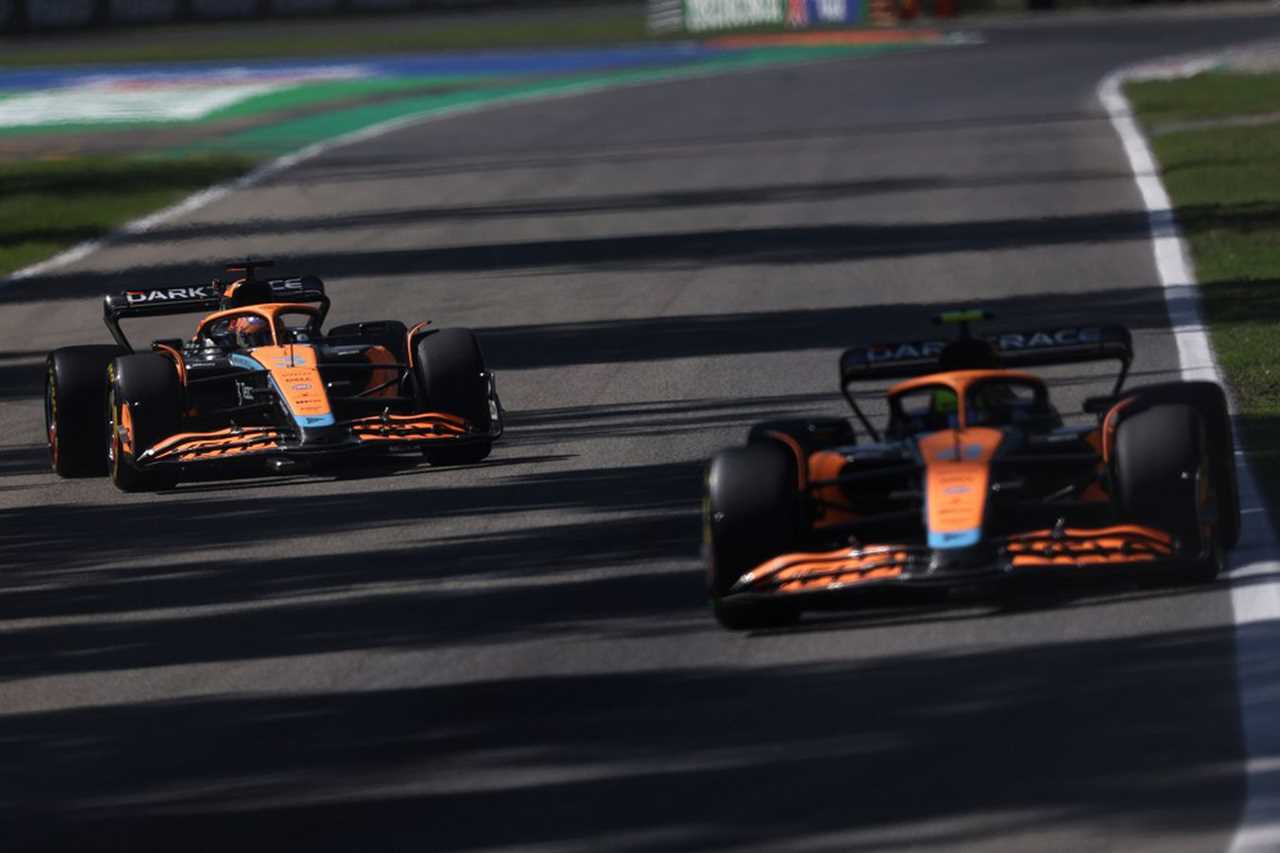
What has surprised you the most about the new regulations?
JK: What has surprised me is that, in theory, with the same chassis performance, the 2022 cars should be two seconds slower than the 2021 cars, but that hasn’t been the case. Cars are getting very close to ’21 performance levels now, and some have already achieved it, which reflects the quality of the teams we have in this sport.
I suppose I am a little surprised at how two teams have been able to find that extra bit of performance compared to everyone else. It was a tighter field at the beginning of the season, but it’s beginning to stretch out now, and I have to say Ferrari and Red Bull have done an excellent job of exploiting more. It shows that even within a cost cap, if you’re a big team with an extensive infrastructure and a lot of knowledge and methodology built over many years, it still counts very much. It’s a level playing field in terms of the budget we’ve got, but it’s not in terms of where we’re all coming from – that gives us an excellent reference point to aspire to.
How much input have Lando and Daniel had, and how has it been beneficial?
AS: With everything being so new in 2022, the input from the drivers has been fundamental. They have always given us extremely useful information, but I think the collaboration between Lando and Daniel this year has been even more fruitful and aligned, whether it is the comments they make in the car during the sessions, or in post-session briefings and the simulator. They come to the factory very frequently, and they’re both very active in briefings – what is crucial is that they are backing up each other’s views.
JK: They can feel the car very well and are feeding back on what they feel and what they think the strengths and weaknesses are. Often, they will give a feeling, but they may not be able to pinpoint precisely where it is coming from or why. It is our job to decipher that using data and to use what we have in our toolbox to go and attack the issues. Typically, they’re not simple problems to solve, so they need some time and work. But their feedback is always very valuable and stacks with what the car data tells us, the competitor analysis, and our knowledge of the car, giving us a bigger picture of what direction to go.
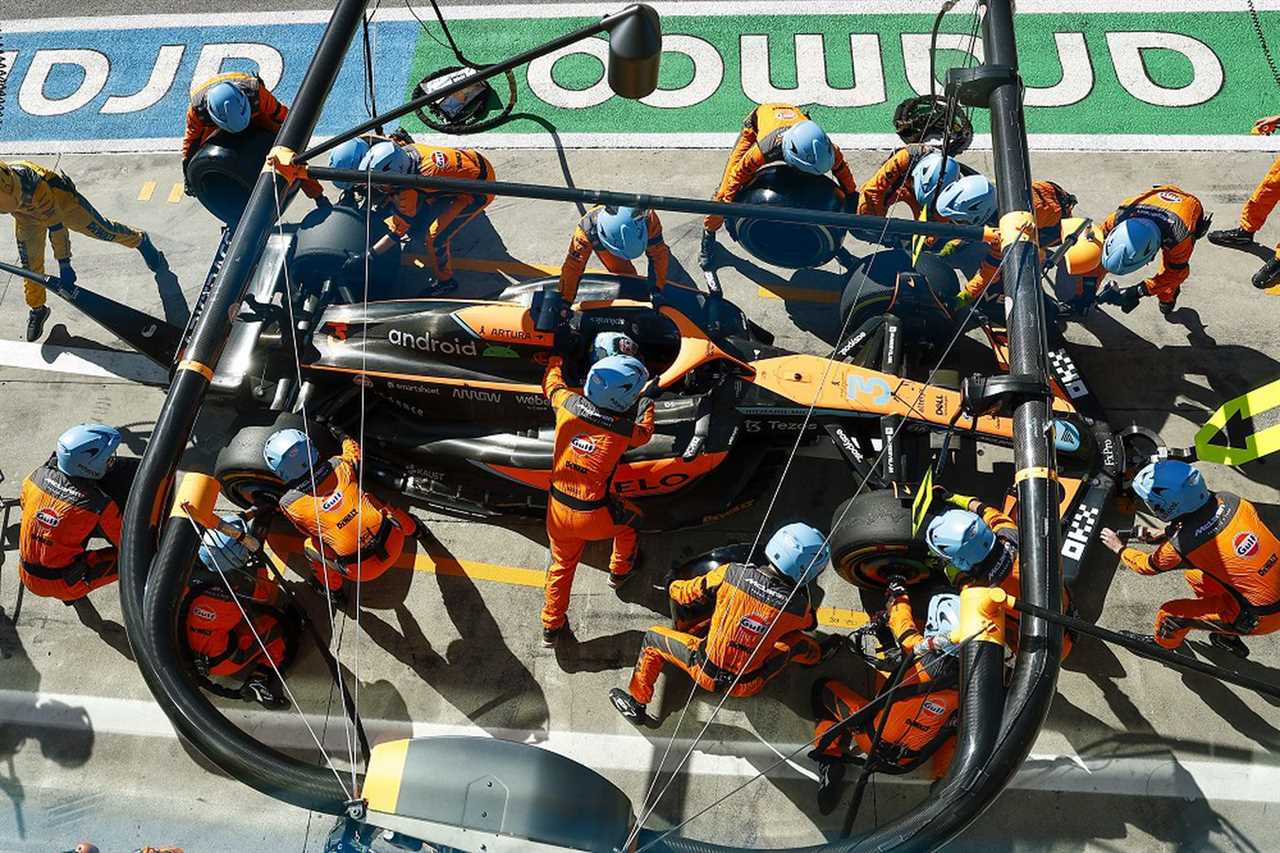
What has been the impact of the upgrades we have delivered this season? And can we expect any additional improvements?
jk: Everything that we wanted the car to do in terms of responding to a design or a development has worked pretty well. At the start of the year, we recognized a few things that would help improve performance, and we acted on them quickly and proactively. So, that’s a real credit to the people involved.
With regards to the actual packages of updates we’ve done, it has been an aggressive approach. For each development step, we have done a lot of work on them, and they last for a duration of five or six races, and each package has then worked as planned, producing several tenths of performance each step, so we’re happy with that. We’ve got another new package to come, which we are working on now, and then there will be a few minor ones to follow in the remaining races. I would say that we’ve brought a lot to the track and we’ve gotten what we wanted from it.
However, I think the standards that we’ve seen within the top three teams show what you’ve got to be able to achieve. If you start the season with a competitive car, you can adapt your development plans from there and do less than what we have done whilst being more focused on the areas that you feel will be the most prolific. That’s where we want to be next year, as we wouldn’t be able to maintain this aggressive level of development because it’s full on. We can learn a lot from this year, and the team have done a great job to achieve what they have.
Andrea, you have previously spoken about the importance of three key elements: performance, reliability, and operations. Where do we stand on each of those so far?
AS: We give ourselves objectives that we want to meet, and they are ambitious because we want to compete at the top of the field. As a team, we are on a journey, and we recognize that we still have work to do in terms of performance, reliability or operations. Essentially, we aim to achieve higher standards in each of those areas by chasing incremental gains and sometimes by applying some larger changes. Ultimately, what counts in the championship is your position, which is sensitive to all of those factors – performance, reliability and operations. However, as a race team, we are in the mindset that ‘the score takes care of itself’, so our focus is strongly on creating the conditions to meet our objectives, and results will come as a consequence.
For example, we have worked on establishing a solid ground in terms of culture and values and a foundation to apply processes of constant review and improvement. I am pleased that this has been an inclusive process where all race team members have contributed, with a sense of ownership and of being part of the journey.
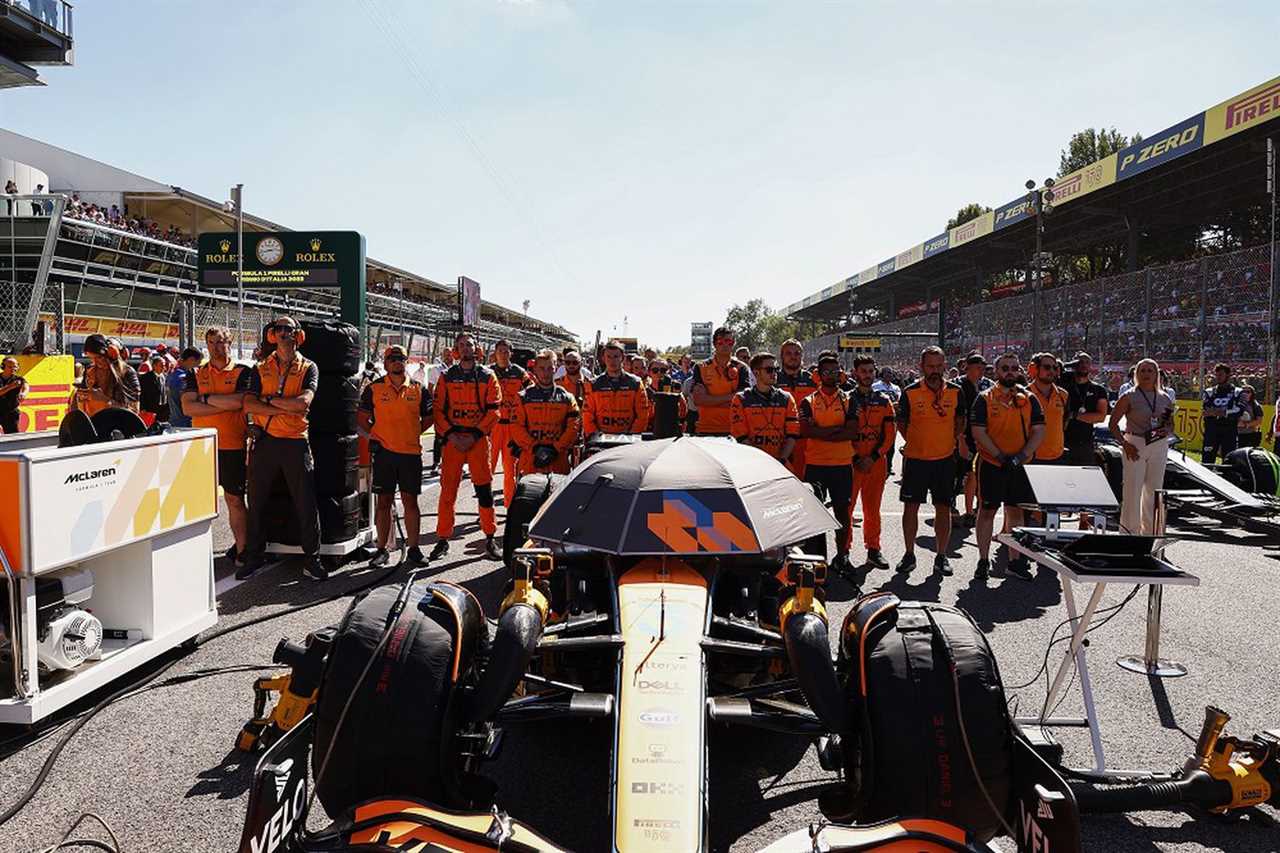
Finally, what are your thoughts ahead of the remainder of the season and the battle in both the drivers’ and the constructors’ championships?
AS: It’s a close battle, and I think it will remain this way. We need to try and maximize our potential at every race as we try to improve the car’s potential at the same time.
JK: As Andrea said, it is very tight. There have been a lot of missed opportunities this season, the car has been quick at some tracks and not so quick at others, and we need to iron some of that out. We need to be more consistent from one race to the next. I’m sure almost every team could say that, but it’s been worse this year than it has been in previous years.
We have more developments coming, which we hope will add more performance to our car. Of course, we don’t know whether the teams around us will match this, but we hope it will give us some advantage. Essentially, we need to be at our very best for each of the remaining races.
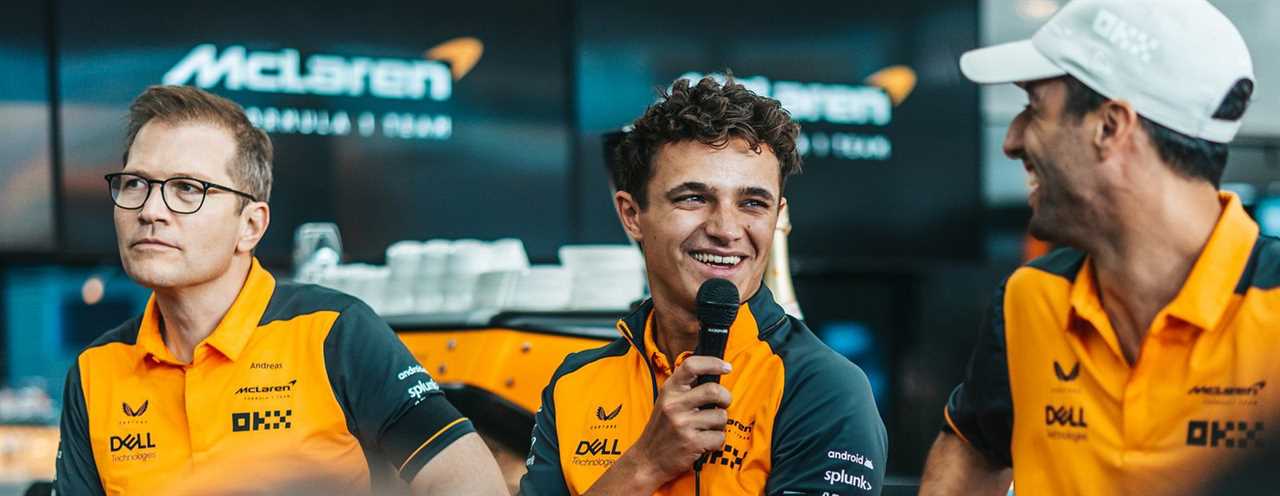
That was the weekend that was
The Italian Grand Prix according to social media
read more
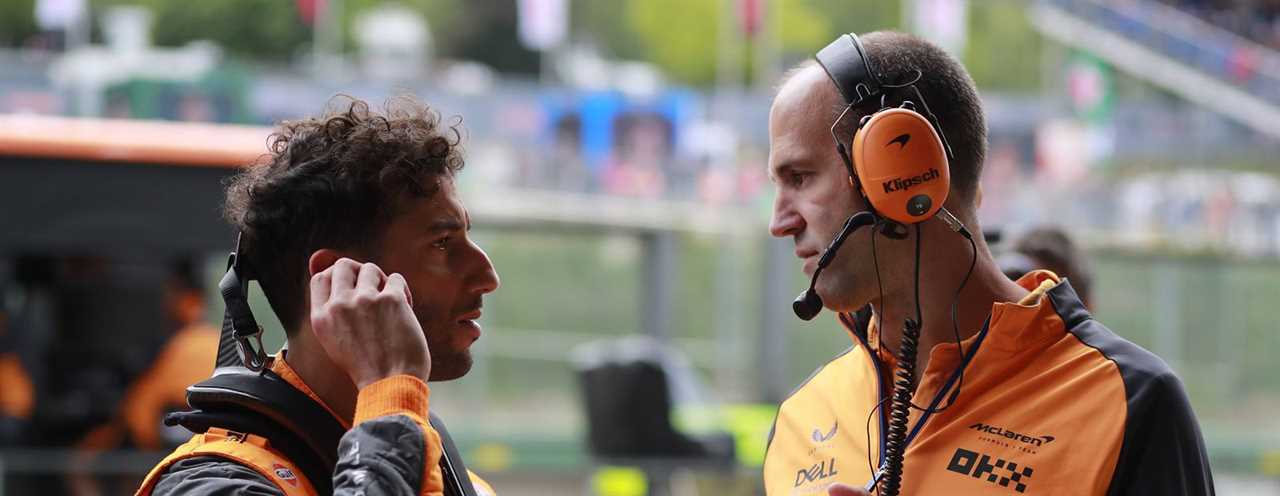
The new generation
With a new generation of car comes uncertainty – Daniel’s race engineer Tom Stallard explores
read more
join the team
McLaren Plus is our free-to-join fan loyalty program, bringing McLaren fans closer to the team with the most inclusive, rewarding and open-to-all fan programs in motorsport.
Sign up now, or current members can amend their details in the form below if necessary.


